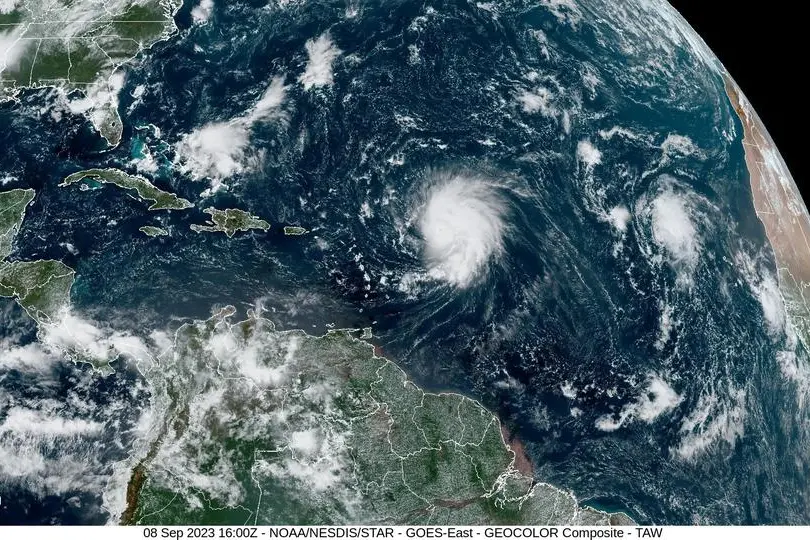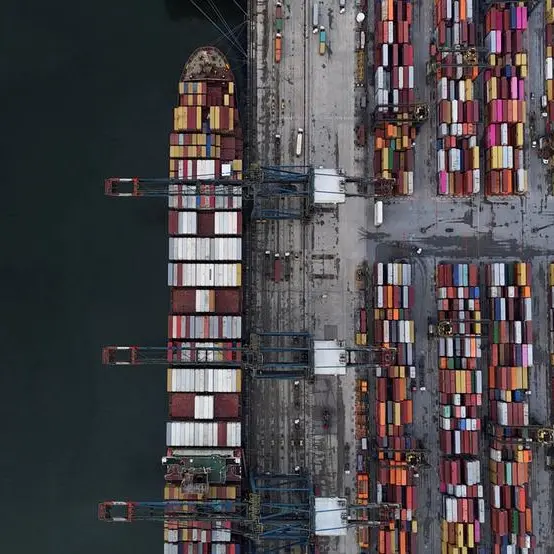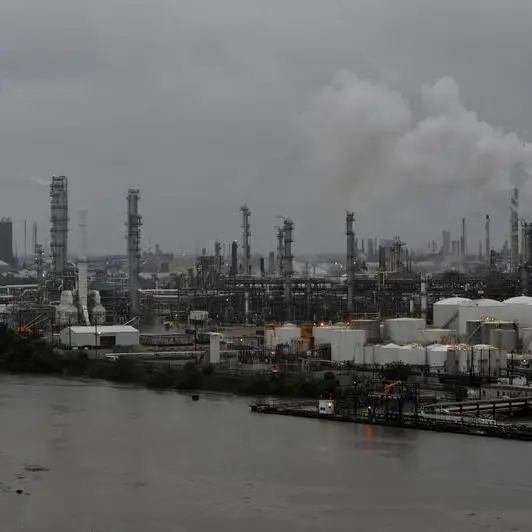PHOTO
After churning for more than a week over the Atlantic Ocean, Hurricane Lee closed in on New England and Atlantic Canada on Saturday, and is likely to make landfall as a tropical storm with drenching rains, powerful winds and a dangerous storm surge.
The Canadian Hurricane Center projected Lee would make landfall in Nova Scotia some time after 3 p.m. ADT (1800 GMT) or perhaps later in New Brunswick with winds below hurricane force.
The potential path could take the storm right into the Bay of Fundy, which separates the two provinces and has one of the highest tides in the world, with the difference between high and low tide as much as 12 meters (39 feet), or 16 meters at the head of the bay. Bands from the storm could still be over the bay during a high tide early Sunday morning.
The U.S. National Hurricane Center issued a tropical storm warning for hundreds of miles of coastline from Massachusetts to Nova Scotia, affecting some 9 million people.
Surges of 1 to 3 feet (30 to 90 cm) are expected for much of New England, according to the National Hurricane Center.
Lee is also expected to generate rainfall of 2 to 5 inches (5 to 12.5 cm), and tropical force winds were projected for coastal areas starting Friday night.
In anticipation, the administration of U.S. President Joe Biden issued an emergency declaration for Maine, providing federal assistance for the state ahead of the storm.
"We encourage all of those in the path of this large and dangerous storm to remain alert," White Press Secretary Karine Jean-Pierre told a press briefing.
Lee has been churning as a large hurricane over the Atlantic for more than a week, briefly threatening Bermuda but mostly harmless for anyone on land.
By Friday night, the storm was packing sustained winds of close to 80 mph (130 kph) and "expected to be a very large and dangerous storm when it reaches eastern New England and Atlantic Canada," the National Weather Service said.
This marks the second year in a row that such a powerful storm has reached Canada after Fiona ripped into eastern Canada a year ago.
(Reporting by Daniel Trotta in Carlsbad, California, and Brendan O'Brien in Chicago; Editing by Kim Coghill)





















